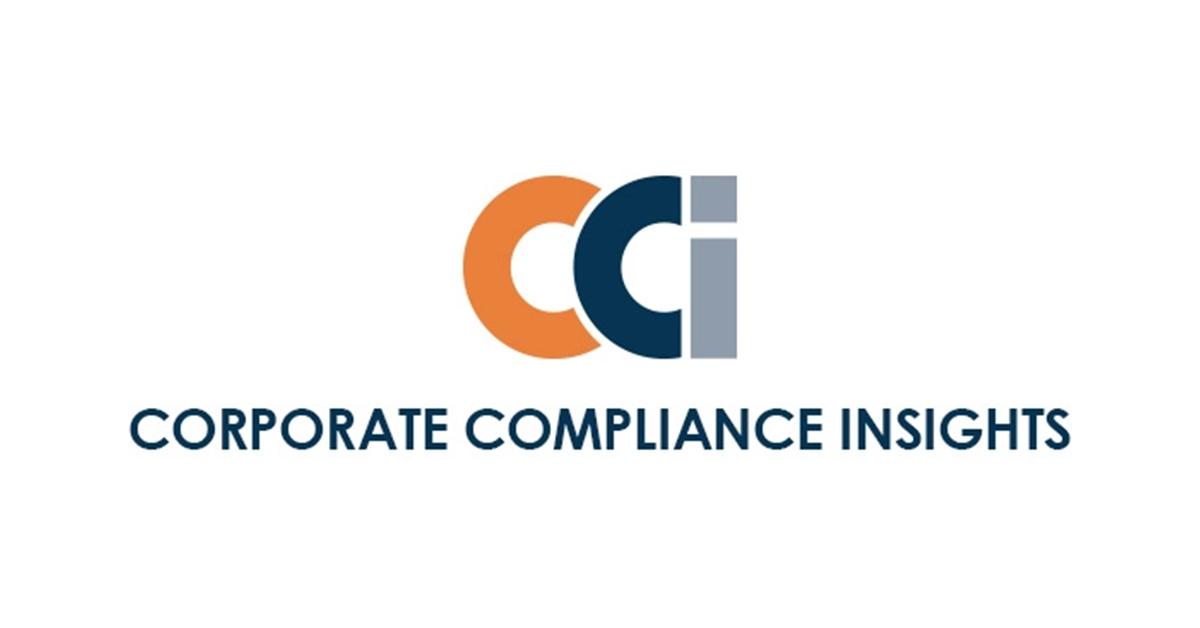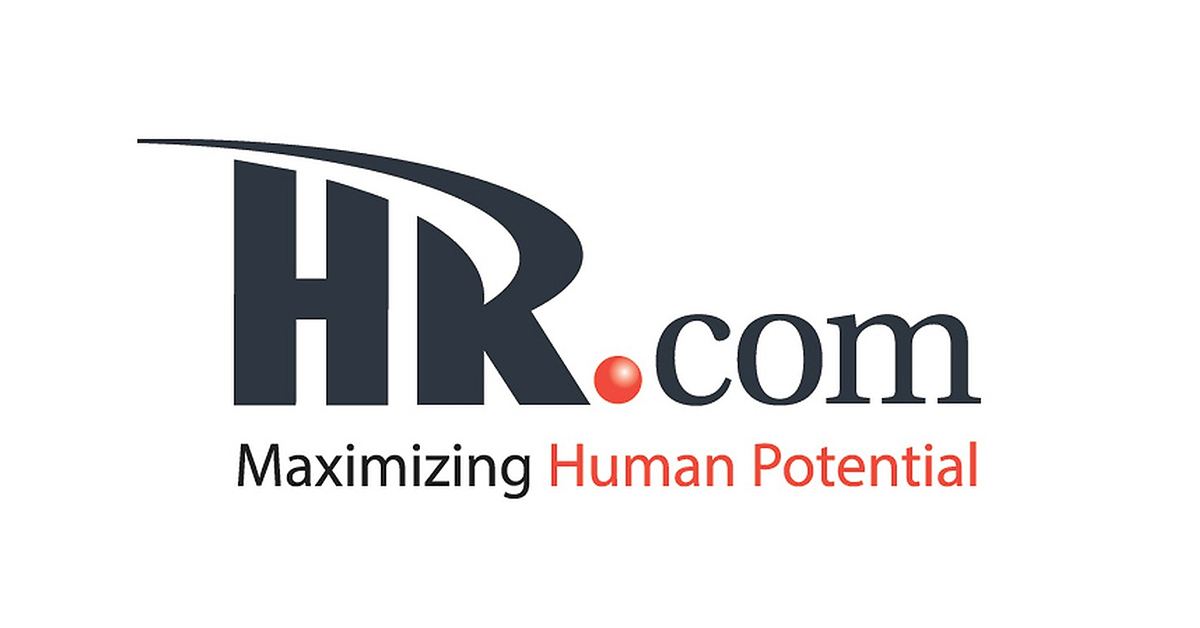The COSO Framework is a pivotal tool that not only addresses common organizational challenges but also helps control risks that could potentially lead to significant damage within your company. In the realm of business, the management of risks and internal controls is not just a necessity but a foundational element that supports the integrity of our employee base, cultivates the right culture and ensures that business operations flow seamlessly—all in alignment with compliance standards.
In this blog, we’ll dive deep into how the COSO Framework can be effectively integrated into employee relations and human resources functions. This integration is crucial for supporting critical tasks and initiatives in practical and profoundly impactful ways. Stay tuned as we unpack the layers of the COSO Framework and its relevance to enhancing the structure and efficacy of your ER and HR departments.
The Principles of the COSO Internal Control Framework
The Committee of Sponsoring Organizations of the Treadway Commission (COSO) is a joint initiative between five sponsoring organizations:
- American Accounting Association
- American Institute of Certified Public Accountants (AICPA)
- Financial Executives International
- Institute of Management Accountants
- Institute of Internal Auditors (IIA)
The COSO framework is designed to provide guidance for internal control, risk management, financial reporting and corporate governance practices. It emphasizes the significance of understanding your organization’s objectives, identifying and assessing potential hazards and designing and executing control exercises to oversee those possibilities.
It can be applied to three types of internal controls:
- Entity-level controls: designed to handle risks across the entire organization.
- Process-level controls: intended to be applied to a specific process or function.
- Transaction-level controls: implemented to ensure the accuracy and completeness of financial transactions.
COSO Framework Components
The COSO framework consists of five interrelated elements that provide a comprehensive approach to handling an organization’s challenges:
- The control environment sets the tone for the organization’s internal control system. It includes the organization’s culture, ethical values and overall attitude toward risk.
- Risk assessment is the process of identifying, analyzing and addressing the threats that an organization faces. It concerns evaluating the likelihood and potential impact of different circumstances to determine which ones require the most attention.
- Control activities are the policies and procedures that are implemented by risk managers. They can include a variety of controls such as duty segregation, authorization and documentation. For example, authorization could be ensuring that all disciplinary actions are authorized by a manager or supervisor. Documentation could include recording the steps taken during an investigation, such as interviews and evidence gathered.
- Information and communication involve ensuring that employees have access to the information they need to carry out their duties effectively and that there’s effective communication throughout the organization.
- Monitoring is the review and assessment of an internal control system’s effectiveness. It involves monitoring activities of key processes and controls and periodic audits and assessments of the overall system.
Executing the relevant components of the framework can help organizations decrease the risk of non-compliance, grievances, legal disputes and other issues that create a negative impact. By establishing a strong internal control system, employee relations activities have a better chance at staying ethical, efficient and effective.
The COSO Cube

The COSO Cube is a dynamic, three-dimensional model that brings to life the essential elements of the COSO Framework, a blueprint designed to bolster organizations through robust internal controls. This model is not just a visual aid; it’s a strategic tool that delineates how the framework’s five foundational components—Control Environment, Risk Assessment, Control Activities, Information and Communication and Monitoring Activities—seamlessly interact within an organization.
What makes the COSO Cube particularly insightful is its ability to illustrate the integration of these components across different layers of an organization. The axes of the cube are thoughtfully laid out to represent these layers: one axis maps the components themselves, another outlines the organizational structure from entity-wide to specific functions and the third axis categorizes the objectives, which include strategic, operations, reporting and compliance goals.
The COSO cube helps stakeholders understand how internal controls are not just theoretical concepts but practical tools that permeate every level of an organization, driving it towards achieving varied objectives while ensuring compliance with necessary regulations. The COSO cube effectively shows that internal controls are integral to the fabric of an organization, supporting its structure and enabling it to respond dynamically to operational challenges.
COSO Framework Goals
From an employee relations perspective, the goal of the framework is to help ER and HR departments identify activities they can directly influence. For example, you can use the COSO framework as an entity-level control to establish and evaluate the effectiveness of your employee handbooks. Another example is using the COSO framework at the process level to identify risks in your employee selection, retention and termination practices. At a transaction level, you could evaluate the efficacy of the controls in place for employment-related transactions such as payroll, leave and benefits administration. All in all, the COSO internal control framework is a high value tool that can be applied to a wide spectrum of areas.
Benefits of the COSO Framework
One of the COSO framework’s key benefits is the common language and a standardized approach it creates for the business. This makes it easier to communicate with stakeholders and benchmark their performance against industry standards. It also provides flexibility and adaptability to different industries and functions, meaning that organizations can tailor the framework to their specific needs and risk response. For example, those that operate in highly regulated industries may need to establish additional controls and risk management processes to comply with regulatory requirements.
Limitations of the COSO Framework
While the COSO Framework is a cornerstone for many organizations in implementing effective internal controls, it’s important to recognize that it may not be a one-size-fits-all solution. Given the specific nuances of employee relations, teams must ensure that the framework aligns with their organizational strategy and truly serves their requirements.
For smaller entities like startups or small businesses, the broad and comprehensive nature of the COSO Framework, while generally a strength, can present practical challenges. These organizations often operate with limited administrative capabilities and have different risk profiles compared to their larger counterparts. For them, the framework might seem too complex or demanding in terms of resources, which can be a significant hurdle.
Moreover, the COSO Framework can sometimes encounter difficulties with objectives or processes that straddle multiple categories. For example, activities that overlap both compliance and operational categories can be particularly challenging to categorize and manage. This ambiguity can lead to confusion when implementing control activities and assessing risks, potentially muddling the effectiveness of the framework.
Organizations must remain flexible and may find it necessary to tailor the framework to better fit their specific situations. This customization, while beneficial, can add layers of complexity to its application, potentially diminishing its overall effectiveness. As leaders in employee relations, we must be vigilant and innovative in adapting tools like the COSO Framework to meet the evolving needs of our organizations.
How To Use the COSO Framework for Risk Management
Employee relations risks are bad for business. HR and ER professionals must navigate complex employment laws and regulations, manage confidential data and ensure that processes are fair and transparent. Any challenges that arise can potentially lead to legal liabilities, reputational damage and lost productivity. Fortunately, the COSO framework offers a comprehensive and integrated approach to risk management for ER.
To begin using the framework, ER should assess its current control environment with senior management. You’ll start by evaluating the policies, procedures and practices that are in place to oversee employee relations challenges. By conducting thorough internal auditing, ER managers can identify areas that need improvement and prioritize what to do next accordingly. This also provides a much-needed opportunity for employee relations professionals to gain visibility and highlight the importance of process across all HR and ER practices- areas that are sometimes lacking consistency.
Here’s an example of how the COSO framework can be applied to employee relations:
Samantha is the head of the employee relations department at a large retail company. She’s tasked with ensuring that the company’s policies and procedures are being followed and that staff is treated fairly and respectfully.
To accomplish this, Samantha decides to use the COSO framework. She starts by identifying the ER team’s objectives, which are to maintain a positive work environment, ensure compliance with company policies and prevent and resolve conflicts.
Next, Samantha assesses the risks associated with achieving each objective through an internal audit. During the audit she determines several risks, including inadequate communication among workers, inconsistent policy enforcement and a lack of conflict resolution resources.
To mitigate these risks, she implements several controls. For example, she creates a communication plan that ensures all employees receive clear and consistent information about company expectations. She also establishes an anonymous digital process for collecting, documenting and addressing employee complaints and focuses on making sure that all managers are trained in conflict resolution.
Finally, Samantha monitors the effectiveness of these controls and makes adjustments as necessary. She regularly surveys employees to assess their satisfaction with the work environment and analyzes policy violation data and dispute outcomes to pinpoint areas for improvement.
Implementing the COSO Framework in Your Employee Relations Software
Employee relations software can help automate many of the processes involved in managing risks and implementing the COSO framework. It can be used to follow policy and procedure compliance, monitor employee behavior and performance and generate reports. Luckily, many employee relations software systems have built-in COSO features that allow you to easily incorporate them into your current infrastructure and workflows.
Why Use HR Acuity For Risk Management?
As we navigate the complexities of implementing frameworks like COSO in diverse organizational landscapes, it becomes clear that customization and flexibility are key to meeting unique operational demands. This is where HR Acuity steps in as an indispensable tool. Our platform is designed to adapt to the specific needs of your organization, ensuring that employee relations and internal controls are managed with precision and care.
HR Acuity not only supports your efforts in implementing frameworks effectively but also enhances your ability to monitor and refine these processes over time. With our robust case management software, organizations can ensure that every aspect of employee relations is handled with consistency and legal rigor, thereby protecting your brand and fostering a culture of transparency and respect.
Remember, while frameworks like COSO provide a valuable structure, the real success lies in how these frameworks are implemented and lived within your organization. HR Acuity is here to ensure that this implementation is as seamless and effective as possible, empowering your teams to focus on what truly matters—maintaining a safe, compliant, and productive work environment. Let’s discuss how we can tailor our solutions to meet the unique challenges and opportunities within your organization. Join us on our Curiosity Tour to see our solution in action.




